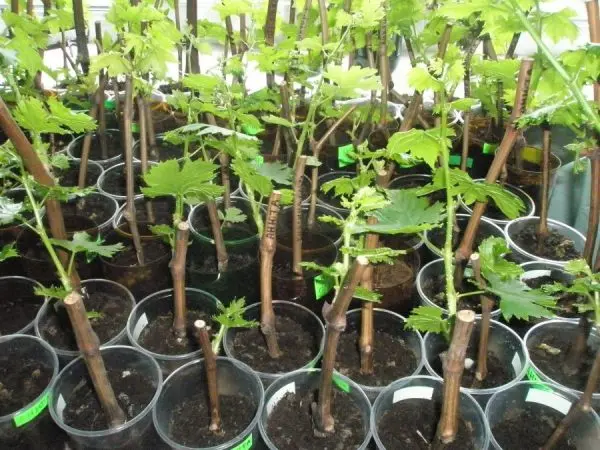Contents
Fertilizing with mineral and organic fertilizers is extremely important for seedlings in the first years of their life. Usually not very fertile soil is allocated for gardens, so fertilization is the only way to improve the quality of the soil. In soil rich in nutrients, planted crops are more likely to take root, grow and develop better. At the initial stage of growth, plants absorb a lot of organic substances, micro- and macroelements. Fertilizers during this period should be applied intensively and be varied so that the plants do not lack any element. Only complex feeding of young trees will help to grow healthy crops, which will further affect their fruiting and crop quality.
What are the seedlings missing?
If the soil was filled correctly, then in the first year after planting, the plants do not need any top dressing. Proper filling of the soil involves the application of organic or complex fertilizers, which contain all the necessary nutrients in sufficient quantities. Most of all, planted plants need nitrogen, potassium and phosphorus – these substances must be added additionally, since initially they are few in the soil. No less important for planted trees are carbon, oxygen and hydrogen – these components are absorbed by plants from the soil, but on poor soils they may be deficient. Relatively little plants require calcium, magnesium, sulfur, iron, manganese, copper and other elements at the initial stage of growth.
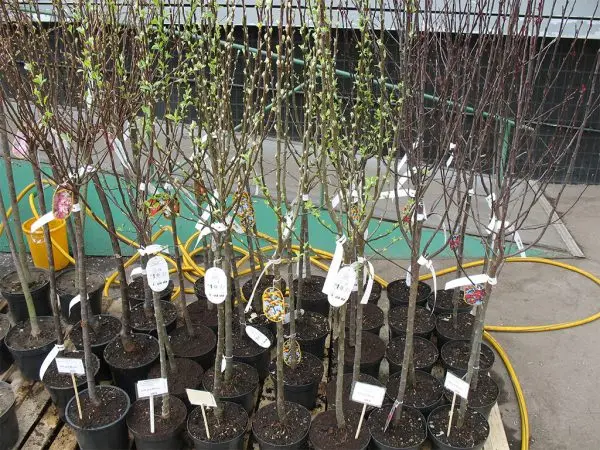
The need for fertilizer also depends on the type of fruit crops. For example, seedlings of apple, quince and pear trees consume more nutrients, preferably of organic origin. Stone fruits (plum, cherry, apricot) are less picky – they can be fed with both organic and mineral mixtures. And at the same time, the lack of any element will not significantly affect their development.
Unfortunately, it often happens that plants after planting cannot take root for a long time, start to hurt, and may even die. You can determine which element is missing for the harmonious development of young trees by the following external signs:
- a lack of nitrogen is indicated by a pale color of greenery, weak stems and small leaves;
- a lack of potassium can be determined by the spotty, yellow or brown color of the foliage, the leaf plates become wrinkled, dry out along the edge;
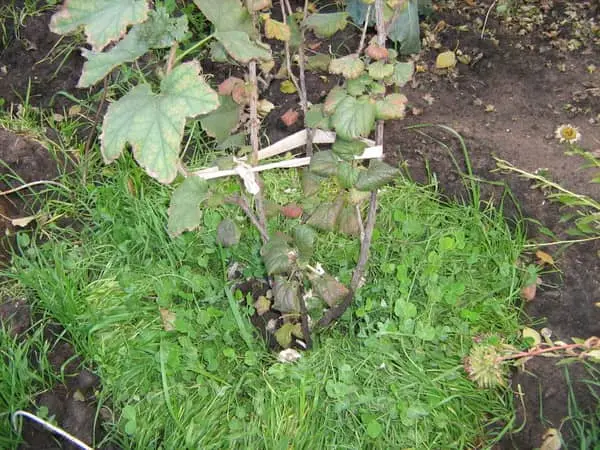
- with a lack of magnesium, the formation of chlorophyll is disrupted, the leaves become light, and then turn yellow and die (fall off);
- a lack of phosphorus is evidenced by small, dark, almost black, drying leaves, the problem most often begins to develop from the lower part of the plant;
- iron deficiency is manifested in the drying of the edges of leaves and shoots; seedlings of apple, pear, plum, raspberry and grape trees are very sensitive to iron deficiency;
- the lack of copper is indicated by the whitened tips of the leaves, the greens lose their elasticity and then die off.
Video “Useful fertilizer tips”
An informative video with helpful tips on fertilizing young plants.
Nitrogen fertilizers
The need for seedlings in nitrogen occurs 2-3 years after planting, provided that this element is sufficiently introduced when planting the plant. Nitrogen is mostly introduced in the spring, when the vegetation process is especially active, and in a small amount in late autumn. Spring top dressing is carried out at the rate of 20 g / m. sq. near-stem circle, for fertile soils it is enough to apply 10 g / m. sq. You can fertilize the soil with nitrogen using the following means:
- manure, compost, bird droppings contain from 0,5 to 3% nitrogen, so they can be used as a fertilizer on soils of medium fertility, or as an addition to mineral mixtures;

- ammonium nitrate is a granular fertilizer containing up to 35% pure ammonium nitrate and up to 14% sulfur, thanks to which the mixture is well absorbed by plants. You can feed the plants with saltpeter both in dry and liquid form: when embedding granules in the soil around the trunks, the norm is 15-20 g / 1 sq. m, to prepare an aqueous solution, you need 20-30 g / 10 l of water;
- urea (carbamide) – a mineral fertilizer containing nitrogen in an easily digestible form – plants in the second year after planting can be fertilized with a dry mixture by embedding in a near-stem circle, also planted trees can be fed with a liquid solution at the rate of 0,5 kg of urea / 10 l of water (solution crown and trunk are sprayed).
It is not recommended to fertilize weak and not strengthened seedlings after planting at the end of the growing season and in the fall with nitrogen preparations – this will prolong their growth period and reduce frost resistance.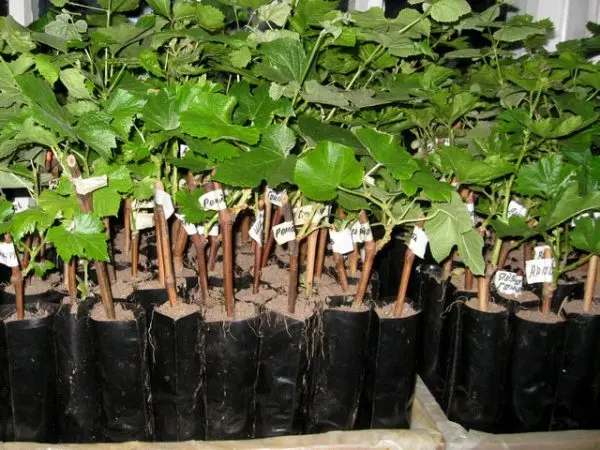
Phosphorus-potassium mixtures
Potash and phosphate fertilizers are recommended to be applied in the fourth year after planting trees. Potassium, phosphorus and complex mixtures containing these elements are introduced mainly in autumn, as they contain substances that are difficult for plants to digest. Only fruit-bearing crops should be fertilized with phosphorus and potassium in the spring. If by the fourth year the tree begins to bear fruit, then it must be fed during the formation of the fruit ovary. Potassium fertilization can be carried out by applying the following fertilizer:
- potassium salt – contains 40% potassium, is a universal fertilizer for all crops, applied to the soil in autumn;
- potassium sulphate – contains 50% of the main substance, is used as the main fertilizer for fruit crops, due to the absence of chlorine, the drug can be applied in the spring.
Phosphorus top dressing can be carried out using the following mixtures:
- superphosphate – granular fertilizer contains up to 20% phosphoric acid, as the main nutrition, the mixture should be fertilized at the rate of 30-40 g / m. sq.,
- phosphate rock – depending on the type, it contains from 15 to 35% phosphorus, any fruit crops can be fertilized with the product by embedding in loose soil, it has a neutralizing property on acidic soils.

You can also fertilize fruit crops with complex preparations: nitrophoska (contains potassium 12%, phosphorus and nitrogen), diammophoska (potassium and phosphorus 26%, nitrogen – 10%), special mixtures “Autumn”, “AVA”, which, in addition to potassium and phosphorus, contain some trace elements.
Products based on organic substances
The universal and most valuable fertilizer for seedlings of fruit crops is the manure of animals and birds. It is introduced into the soil in the third year after planting at the rate of 5-6 kg/m. sq. circumferential circle. The most useful is bird droppings, especially chicken droppings. It is applied as a fertilizer to the soil in the spring. To feed fruit crops, litter should be diluted with water in the proportion of 1 kg / 10 l of water, then insist for several days. Dry manure is recommended to be applied in autumn at the rate of 0,3 kg/m. sq.
Fresh manure from cows, horses, pigs is not recommended. For fertilizing seedlings, only humus (rotted manure) should be used. Fertilizing with manure is carried out in the fall no more than 1 time / 2-3 years; on poor soils, plants can be fed more often.
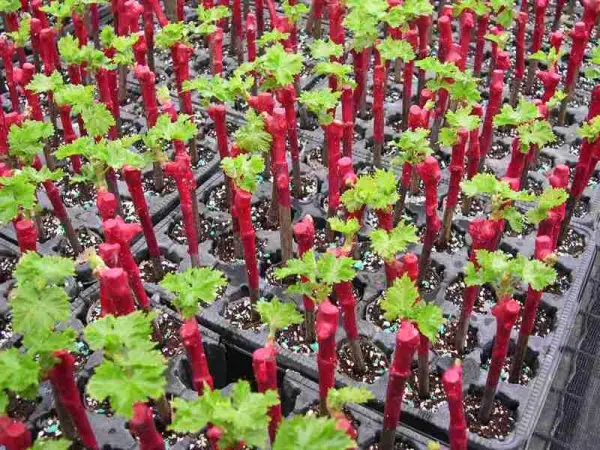
Peat as a fertilizer is not as effective as manure, but when applied for digging, it improves the structure of the soil and increases air permeability. Furnace ash contains phosphorus, potassium and lime. It lowers the acidity of the soil, so podzolic and soddy soils are recommended to be fertilized with ash. Ash is added at the rate of 100-120 gkv. m. It can be mixed with any other organic top dressing, or prepare an aqueous solution for root application.
Fertilizer with compost
Compost is considered a very valuable organic fertilizer. It enriches the soil with humus, improves aeration, helping to increase soil fertility. In addition, compost contains a large amount of trace elements and nutrients necessary for the growth of young trees. Using high-quality compost for feeding the garden, you can completely do without the use of mineral preparations and mixtures.
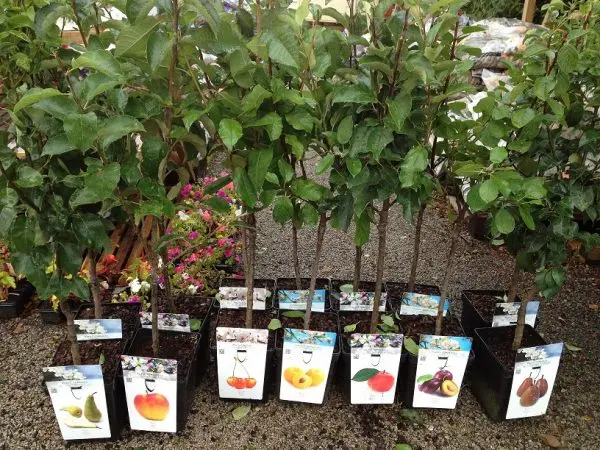
Most gardeners prefer to fertilize fruit tree seedlings exclusively with homemade compost. Everyone knows that when planting seedlings, the soil should be well fed so that the plants do not experience a lack of nutrients at the start of their development. Therefore, experienced gardeners are preparing for planting young animals in advance. Since autumn, they have been digging holes into which various organic wastes intended for compost are poured: dry leaves, peat, sawdust, dry tops and other materials. Then sprinkle the pits with a small amount of earth, cover, and leave until spring. Over the winter, the waste will turn into compost, which will serve as a good organic top dressing for the planted trees during the first year of life.
In the future, it is recommended to apply compost for crops in the third year after planting, but with a lack of humus in the soil, it may be necessary to apply it in the second year. It is necessary to make compost for seedlings in the fall (from mid-September to early October) – it is still warm at this time, so part of the nutrients will be absorbed by the crops from autumn, which will help them adapt and survive the winter. Fertilizer should be shallowly dug into the top layer of soil near the stem circles. Alternatively, you can simply spread it around the trunk and sprinkle it a little with earth.

Video “How to properly care for seedlings”
An informative video on how to care for young grapes. These tips can be used for most other fruit plants as well.










